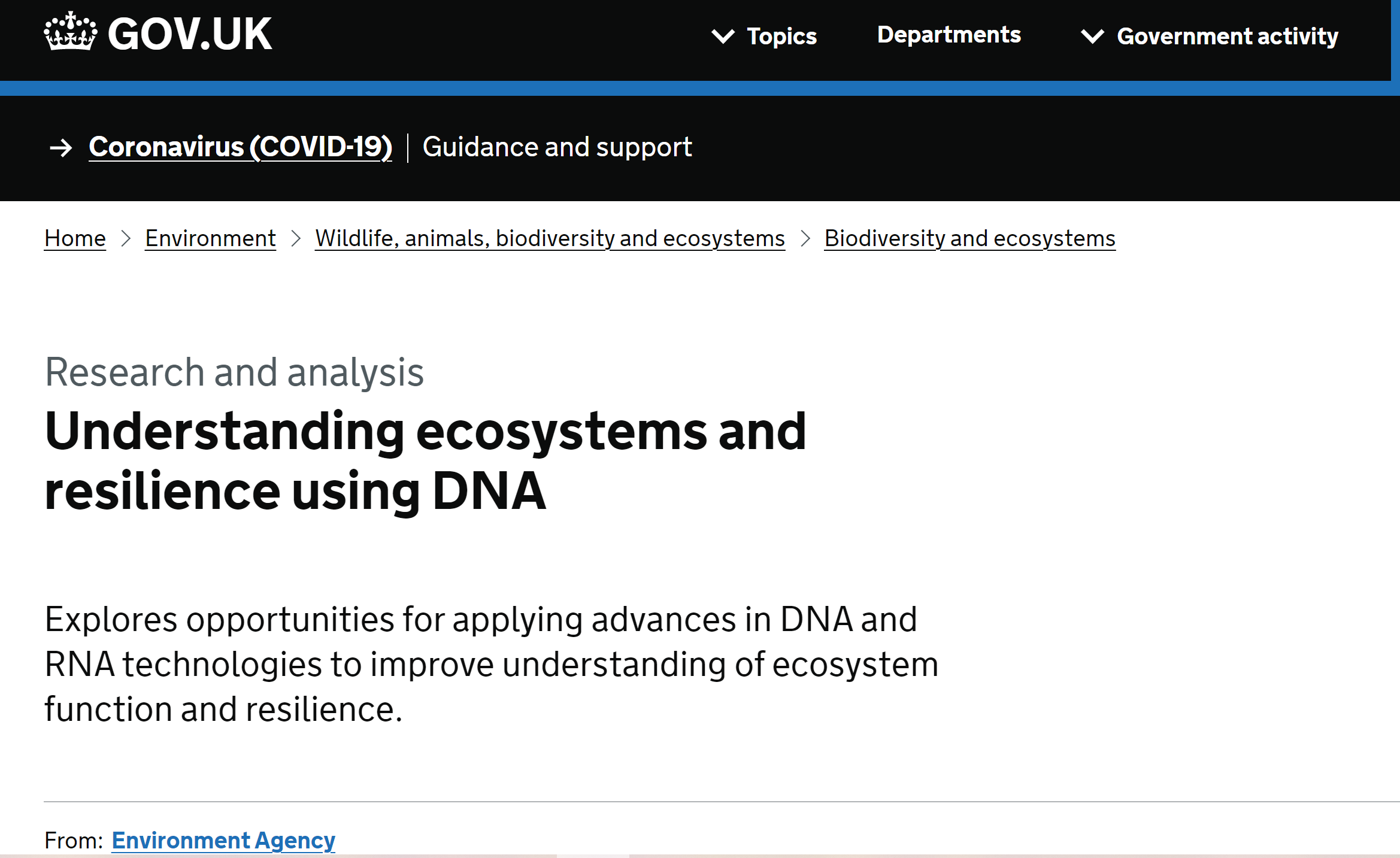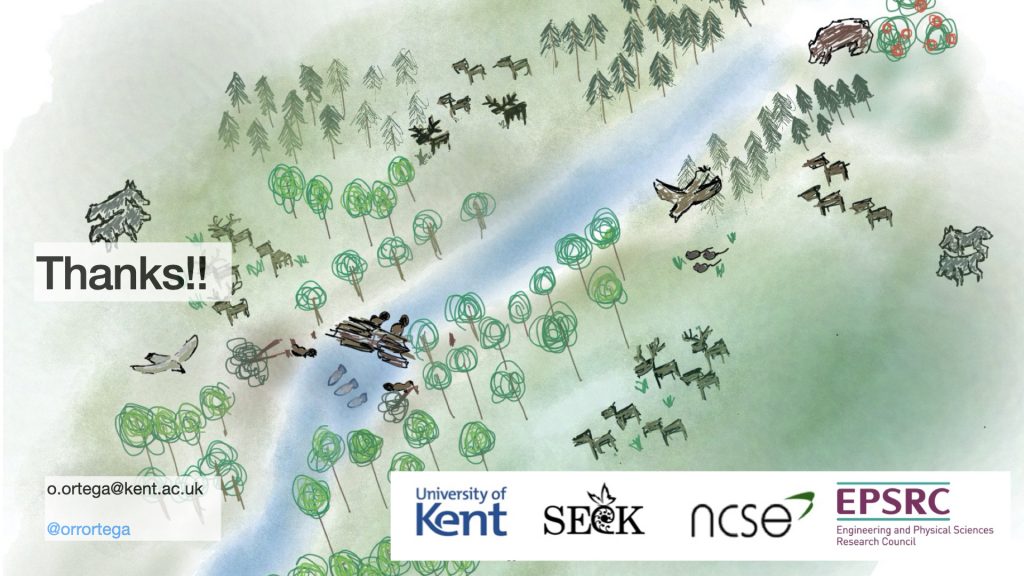The Think Piece, titled “Understanding ecosystems and resilience using DNA“, explores opportunities for applying advances in DNA and RNA technologies to improve understanding of ecosystem function and resilience. Eleni’s contribution in particular, written together with Doug Yu, UEA, looks at “The contribution of DNA-based methods to achieving socio-ecological resilience”.
Author Archives: Eleni Matechou
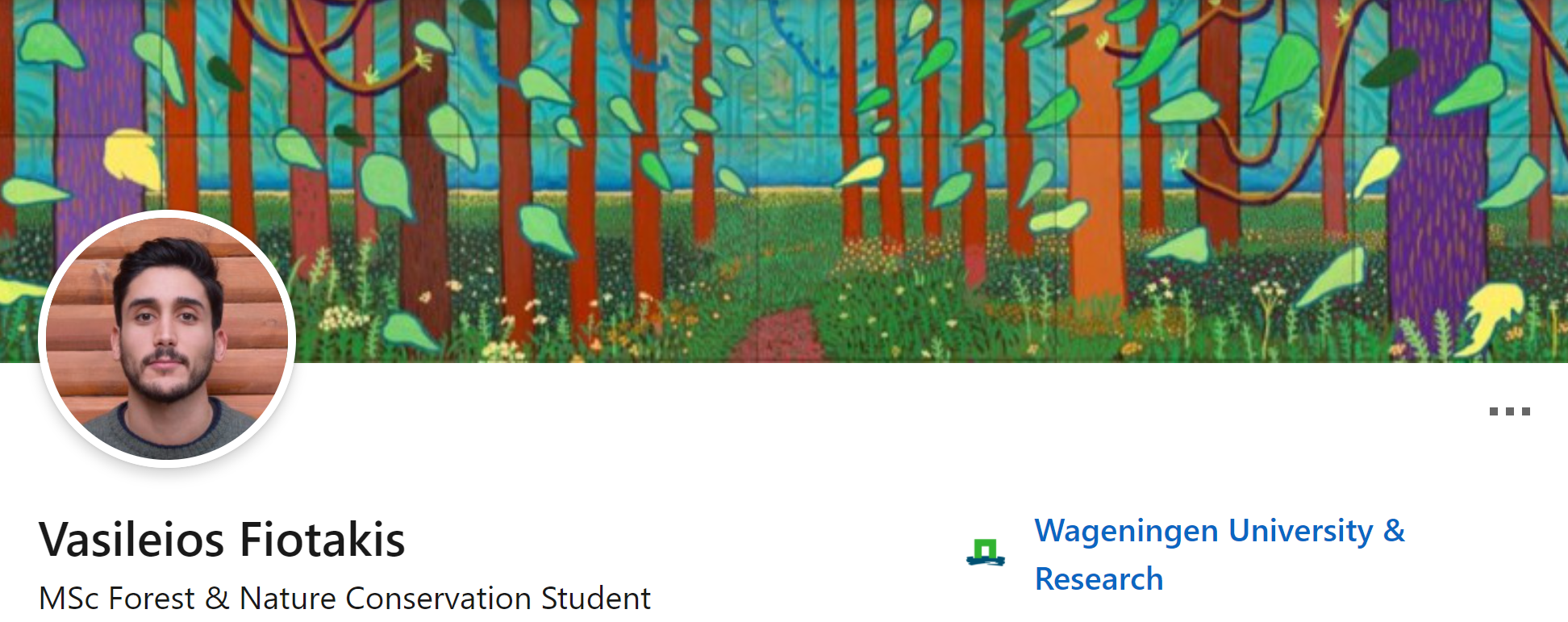
Welcome to Vasilis
Welcome to Vasilis Fiotakis, who will be doing his 16-week long internship with Fabian and Eleni, in collaboration with the Bumblebee Conservation Trust, looking at fitting models to BeeWalk data.
Vasilis is currently doing his MSc in Forest & Nature Conservation at Wageningen University.
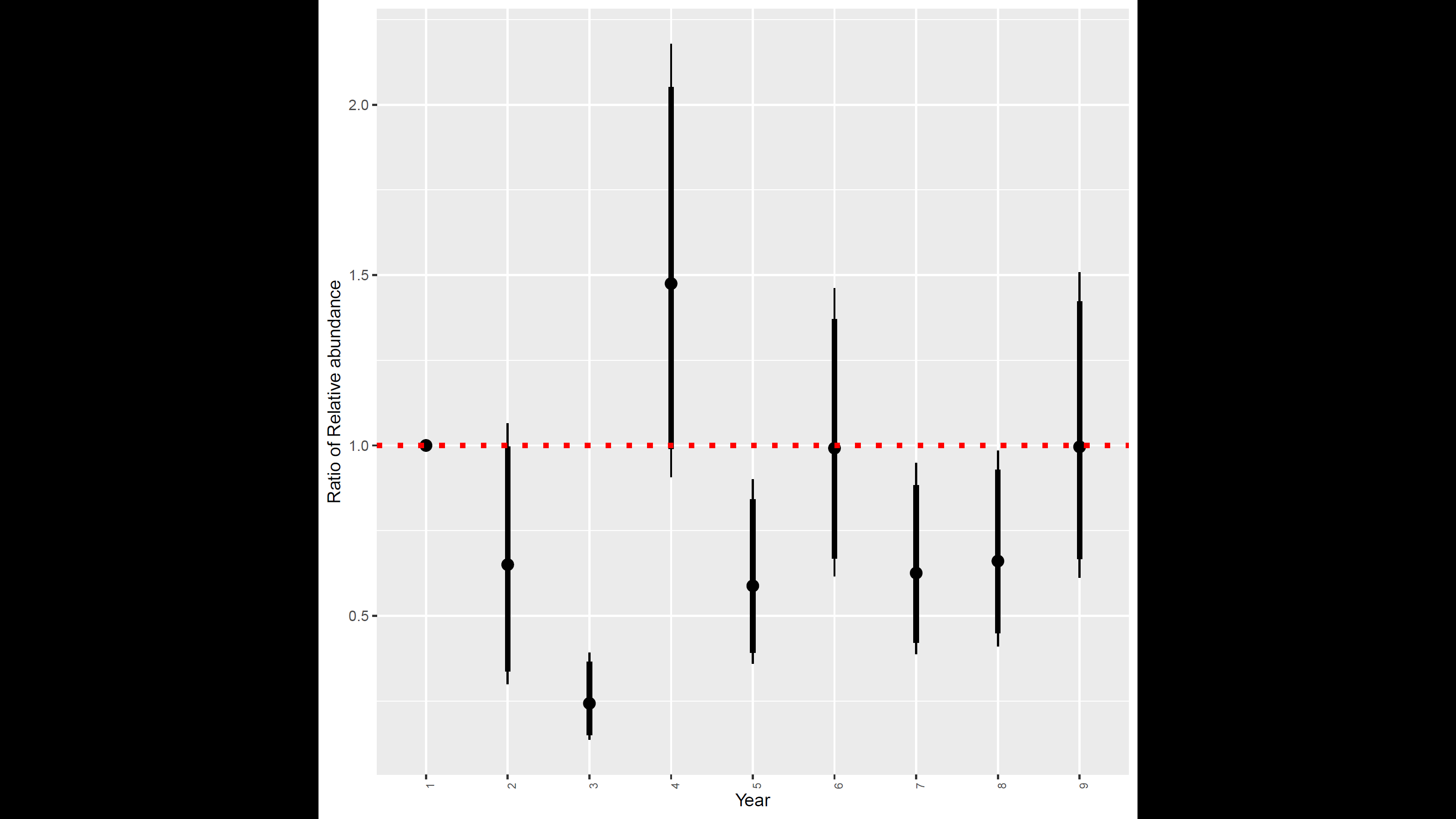
Research by Eleni and colleagues mentioned by the Independent
As part of a series of articles on International Bee Day 2021, The Independent mentioned work by Eleni on modelling bumblebee citizen science data. In particular, the article referred to results published in 2018, which suggested that even some common species of bumblebee are now in decline.
Recent analysis, using the new and freely available RShiny app, developed by research student Fabian Ketwaroo, suggest that the number of queens emerging from hibernation each year for species Bombus pascuorum and Bombus hortorum continue to be stable in recent years compared to 2011, when BeeWalk data were first collected.
At the same time there is some indication of positive news for species Bombus lapidarius, also known as the red tailed bumblebee, as the number of queens emerging from hibernation is on the rise in recent years, with 2019 seeing a similar number of queens to 2011. (see plot above, showing the number of queens emerging each year in comparison to 2011).
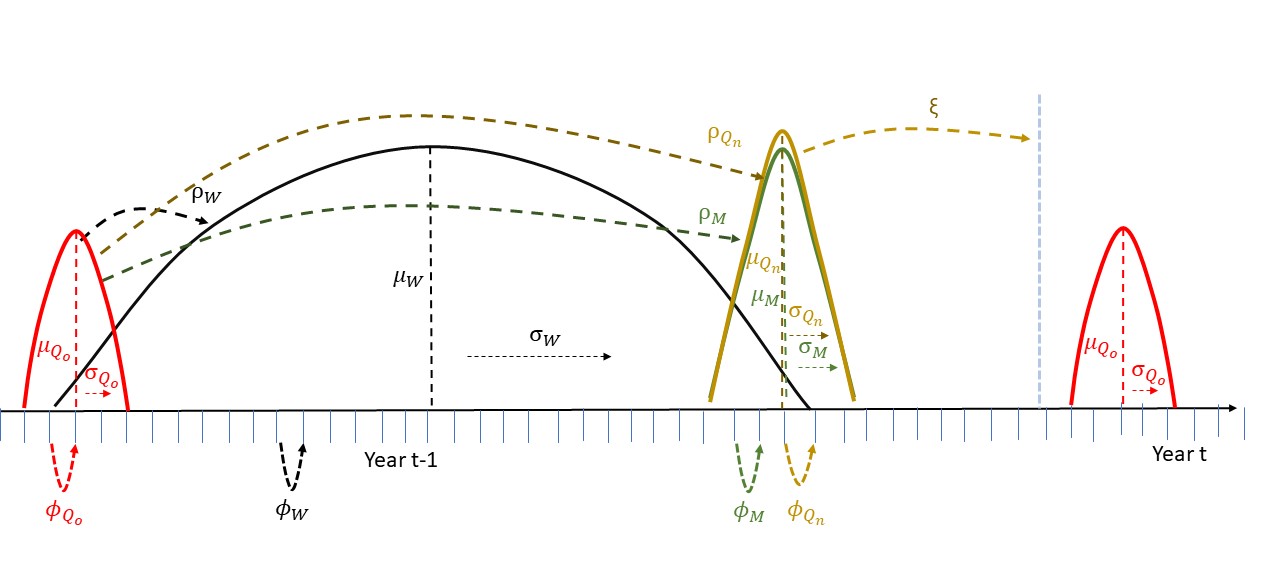
Eleni gave invited talk during an BI-IBS event
Eleni was invited to present some of her work on modelling bumblebee citizen science data during a meeting organised by the British and Irish Region of the International Biometric Society on Advanced Topics in Spatial Sampling.
Eleni’s talk showcased a new Bayesian model, developed and implemented into a freely-available RShiny app by research Fabian Ketwaroo and demonstrated it when modelling two species of UK bumblebees.
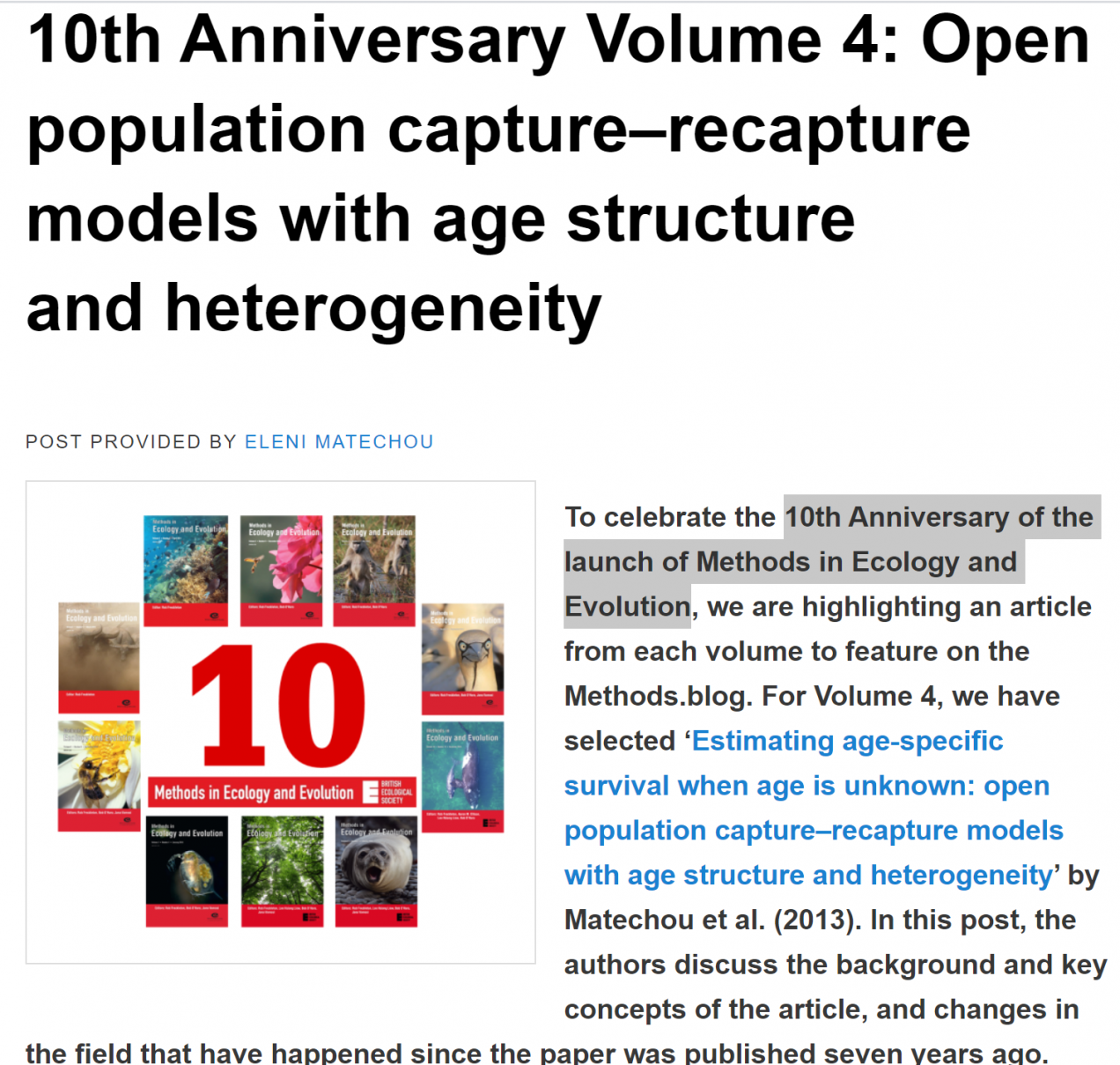
Paper with Eleni as lead author selected as part of the 10th anniversary celebrations of MEE
One of Eleni’s very first papers, it was published in 2013, in the 4th volume of Methods in Ecology and Evolution, and has been chosen as the paper to highlight from that volume as part of the 10th anniversary celebration of the journal.
Read the story behind the paper in the associated blog post.
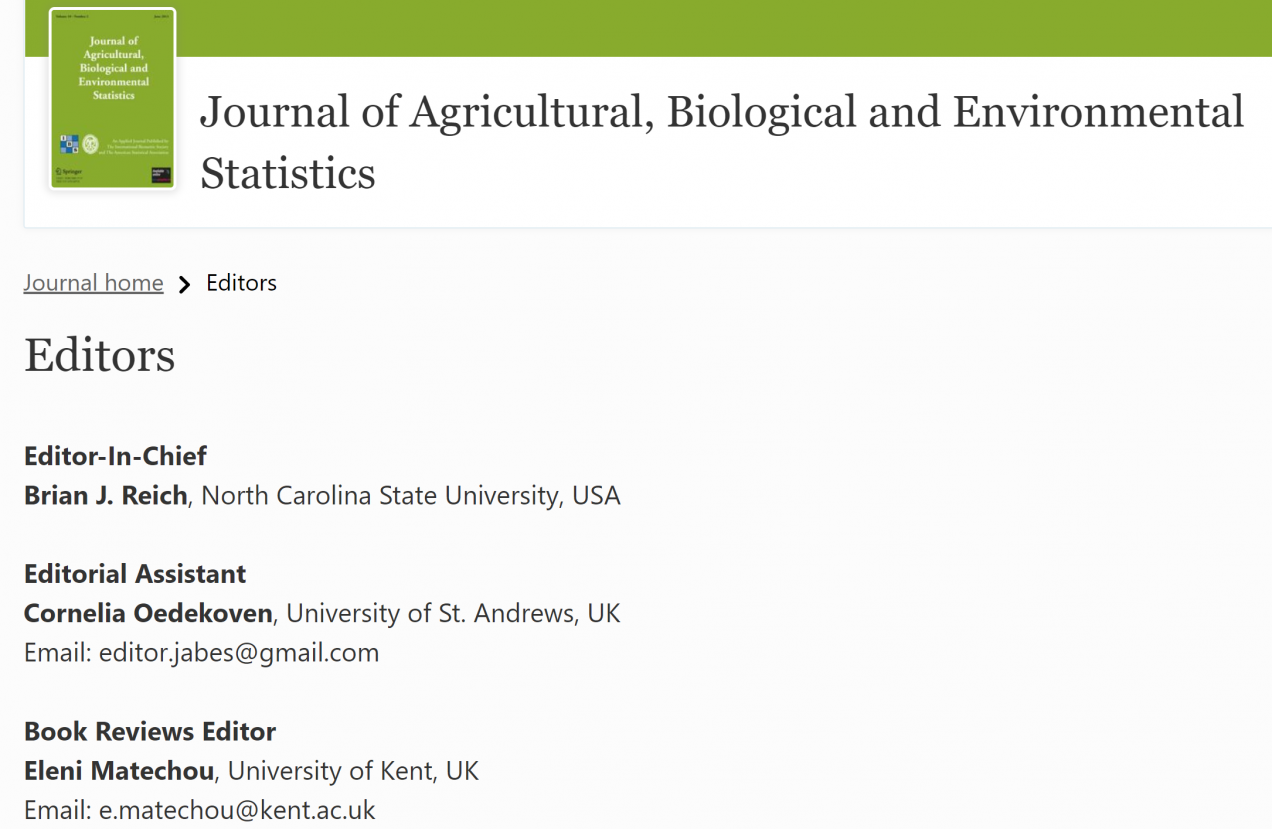
Eleni appointed Book Reviews Editor for JABES
Congratulations to Eleni for her new role as Book Reviews Editor for the Journal of Agricultural, Biological and Environmental Statistics.
Invited talks at the RSS Conference 2020
Oscar and Alex presented their work at the (virtual) RSS conference 2020 during the invited session on “Challenges and advances of spatial modelling in ecology” organised by Rachel.
Oscar’s talk, titled “The Importance of spatio-temporal modelling in Ecology” described the importance spatio-temporal models to understand the relationship between species in a common area. Oscar explains the problem caused due to the wolf eradication in Yellowstone National Park in 1920’s and how the landscape changed from this eradication to the reintroduction in 1990’s.
Alex’s talk, titled “Interaction point processes in spatially explicit capture-recapture models” described his work on a spatial capture-recapture model incorporating interactions within and between individuals of two species. The model relies on the theory of interaction point processes. As inference for these processes cannot be performed using standard techniques due to the intractability of the likelihood, specific MCMC methods have to be used. The model is applied to a capture-recapture data-set of leopards and tigers collected in India.
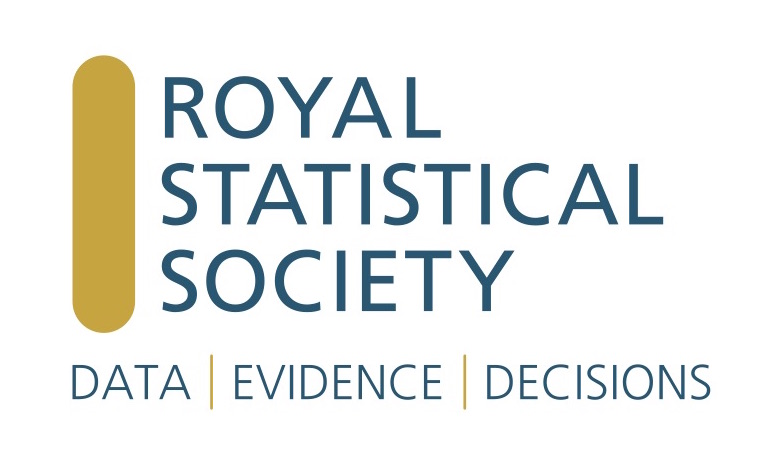
RSS meeting on eDNA: Challenges and Opportunities now virtual
The meeting, initially planned for May 2020, will now take place virtually on the 16th of October.
The timetable for the day is
9.30-10 Kerry Walsh, Environment Agency: “Challenges and opportunities: A regulator’s perspective.”
10-10.15 discussion/change over
10.15-10.45 Naomi Ewald, FreshWater Habitats Trust: “Analysis of eDNA data to inform conservation priorities: case studies of long term species monitoring and short term before-after surveys.”
10.45-11 discussion/change over
11-11.30 morning break
11.30-12 Francesco Ficetola, University of Milan: “Environmental DNA to track long-term changes of mountain ecosystem.”
12-12.15 discussion/change over
12.15-12.45 lunch break
12.45-13.15 Jim Griffin, University College London: “Modelling environmental DNA data; Bayesian variable selection accounting for false positive and false negative errors.”
13.15-13.30 discussion/change over
13.30-14 Doug Yu, University of East Anglia: “Managing wildlife with eDNA data: salmon, leeches, insects, and forests.”
14-14.30 discussion/close
Participants can register on the RSS website.
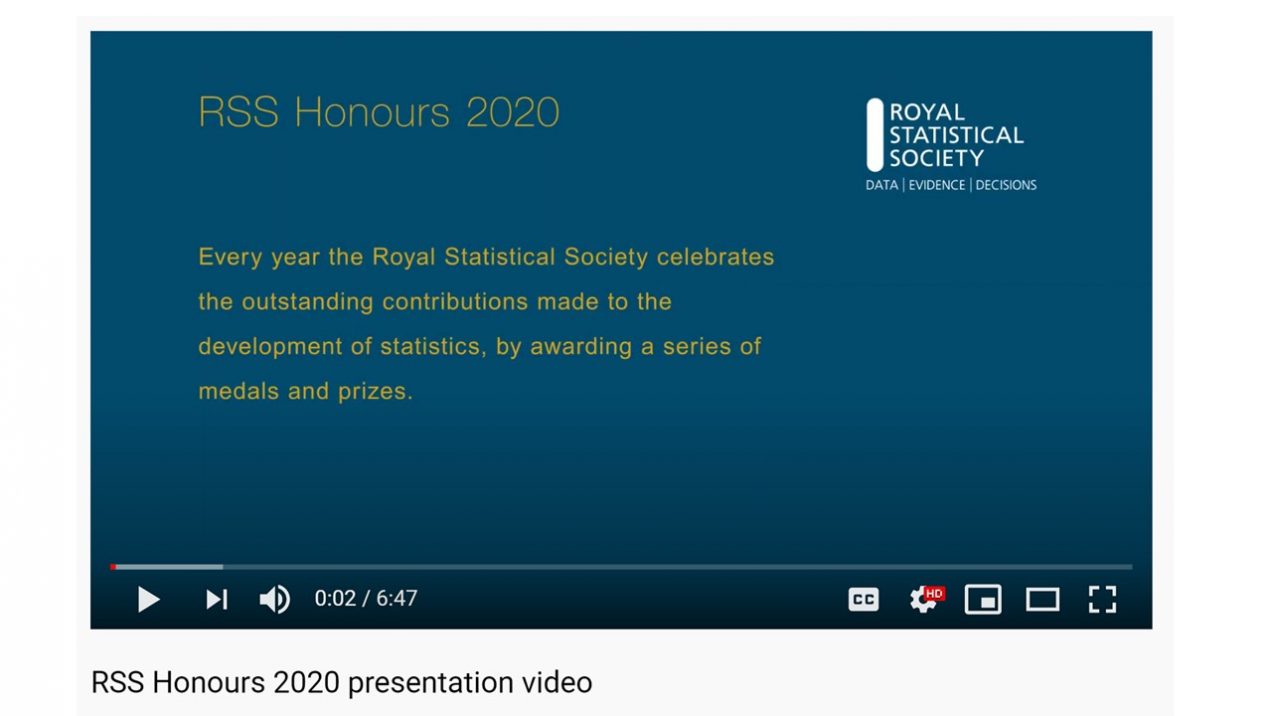
Rachel and Byron receive their RSS awards
Congratulations once again to Rachel, for receiving the bronze award, and Byron, for receiving the Barnett award. The virtual RSS 2020 conference has released a video honouring the recipients of its awards for this year
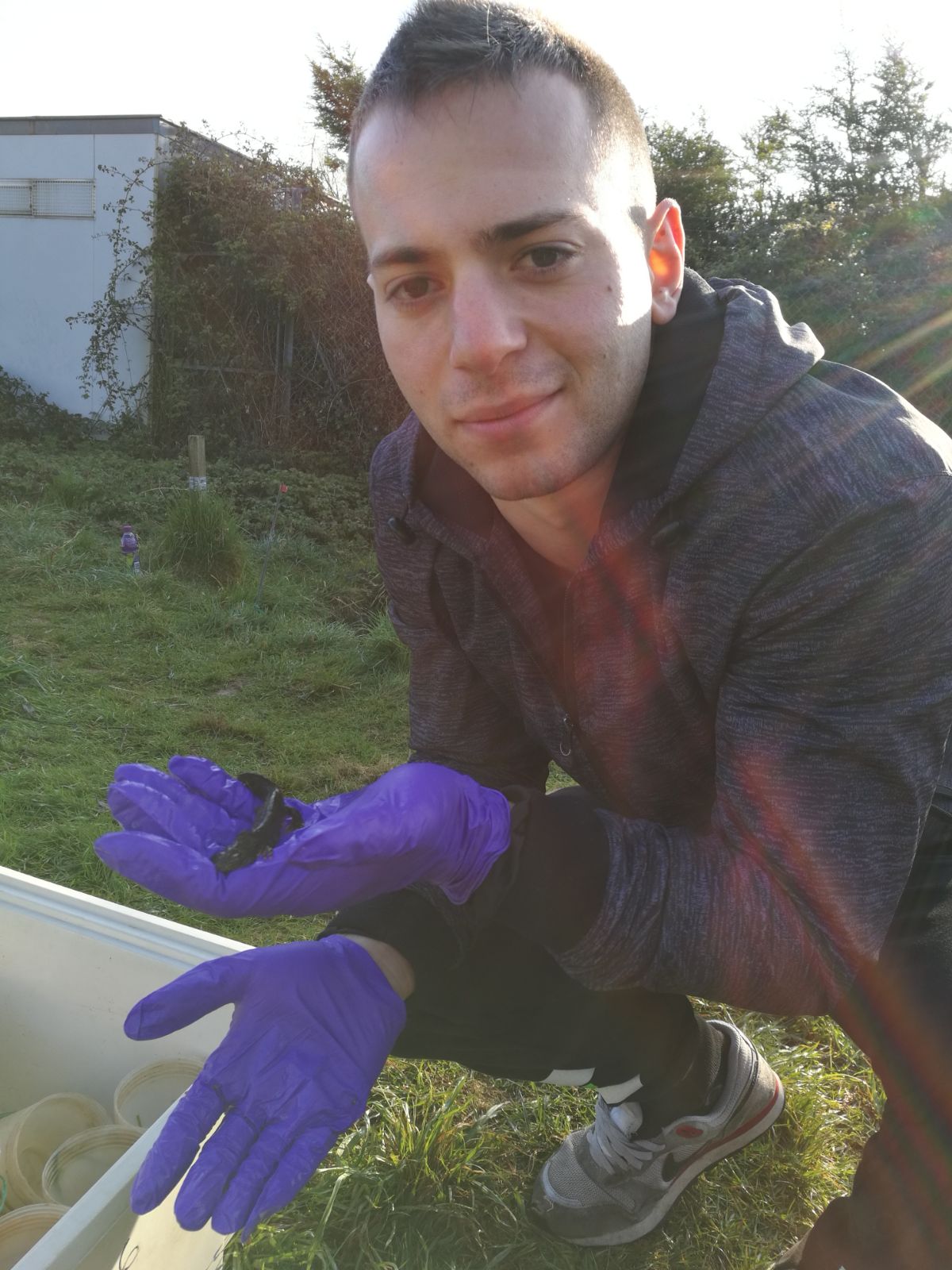
Congratulations to Alex!
Congratulations to Alex who passed his viva yesterday 22/06/20!
Dr Alex Diana is staying on at the University of Kent as a post-doc on the NERC-funded project Integrating new statistical frameworks into eDNA survey and analysis at the landscape scale.

